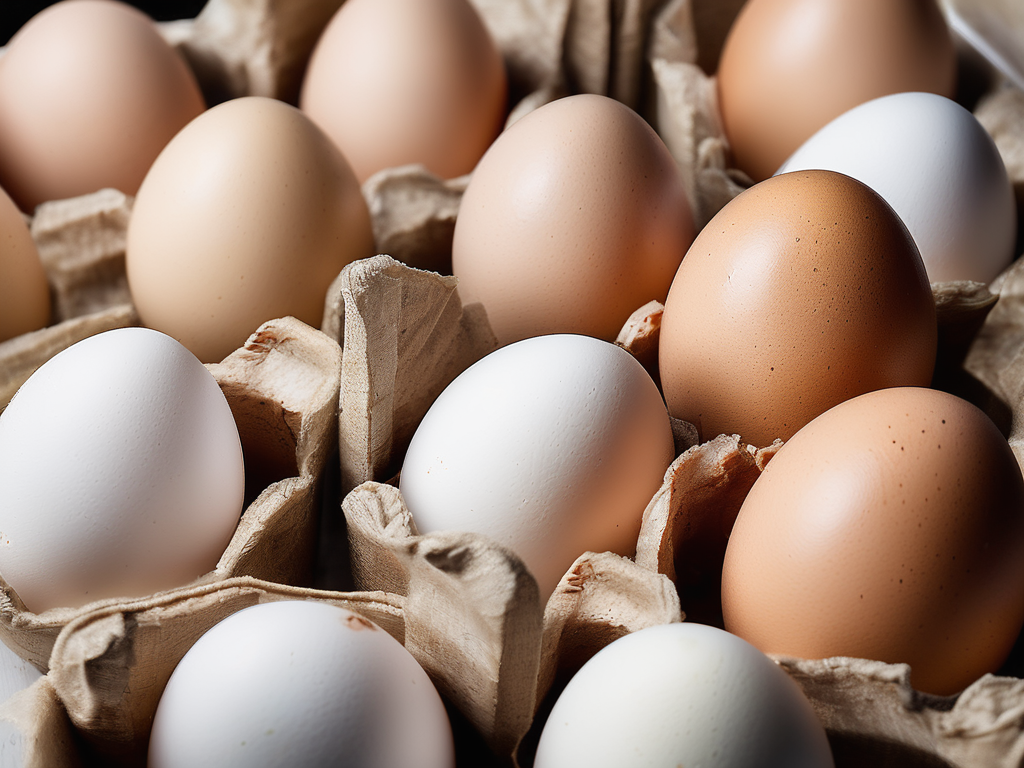
Safely Reheating Leftover Eggs Cooked Hard Boiled: Tips and Tricks
Get Your Free Food Safety Cheat Sheet
30 most common foods with instant answers. Print it and stick it on your fridge—completely free!
Safely Reheating Leftover Eggs Cooked Hard Boiled: Tips and Tricks
In the realm of leftovers, hard-boiled eggs are a versatile and nutritious option. However, reheating them can be tricky as overcooking can result in rubbery, unappetizing eggs. In this post, we will explore the best practices for safely reheating leftover hard-boiled eggs without compromising their flavor and texture. (Eggs cooked hard boiled)
Why Reheat Hard-Boiled Eggs?
Hard-boiled eggs are a convenient and protein-packed snack or meal component that can be prepared in advance. Reheating them allows you to enjoy a quick and easy meal without the need for extensive cooking. However, improper reheating can lead to food safety issues and unpleasant taste.
Safety Precautions for Reheating Hard-Boiled Eggs
Before delving into the reheating process, it's crucial to understand the safety precautions associated with reheating eggs:
-
Bacterial Growth: Eggs, especially hard-boiled ones, are prone to bacterial contamination if not stored or reheated properly. To avoid foodborne illnesses, it's essential to handle and store eggs correctly.
-
Storage: Store hard-boiled eggs in the refrigerator within two hours of cooking them. Proper storage helps maintain their quality and reduces the risk of bacterial growth.
-
Refrigeration Temperature: Keep your refrigerator temperature at or below 40°F (4°C) to prevent bacterial growth in stored eggs.
Methods for Reheating Hard-Boiled Eggs
1. Microwave
Reheating hard-boiled eggs in the microwave is quick and convenient. Follow these steps for best results:
- Place the hard-boiled egg in a microwave-safe dish.
- Cover the dish with a damp paper towel to prevent the egg from drying out.
- Microwave on high for 20-30 seconds, checking every 10 seconds to avoid overcooking.
2. Boiling Water
Reheating hard-boiled eggs in boiling water is another effective method:
- Bring a pot of water to a boil.
- Carefully place the hard-boiled egg in the boiling water.
- Let it heat for 1-2 minutes, then remove and serve.
3. Steaming
Steaming is a gentle method to reheat hard-boiled eggs without compromising their texture:
- Place the egg in a steamer basket over boiling water.
- Steam for 3-4 minutes until heated through.
Tips for Retaining Flavor and Texture
1. Avoid Overcooking
Overcooking hard-boiled eggs can result in a rubbery texture and sulfurous smell. Monitor the reheating process closely to prevent overcooking.
2. Use Fresh Eggs
Fresh hard-boiled eggs retain their flavor and texture better when reheated. Check the expiration date before using them.
3. Seasoning
Enhance the flavor of reheated hard-boiled eggs by adding seasonings such as salt, pepper, or herbs.
4. Enjoy with Accompaniments
Pair reheated hard-boiled eggs with whole-grain toast, avocado, or a side salad for a balanced meal.
Conclusion
Reheating leftover hard-boiled eggs can be a simple and satisfying way to enjoy a nutritious snack or meal. By following the safety precautions and reheating methods outlined in this post, you can ensure that your reheated eggs are flavorful, safe to eat, and retain their desirable texture. Experiment with different reheating techniques to find the method that works best for your taste preferences. [eggs cooked hard boiled](/food/eggs cooked hard boiled) (Eggs cooked hard boiled)
Related Posts
Here are some other articles you might find helpful:
Authoritative Food Safety References
These agencies and university labs inform every tip and health precaution we publish.
USDA FoodKeeper – Cold Storage Guidelines
Official refrigerator, freezer, and pantry timelines maintained by the U.S. Department of Agriculture.
Visit USDA FoodKeeperFDA Produce Safety Rule & Grower Guidance
Field-to-fridge handling practices that prevent contamination of fruits, vegetables, and leafy greens.
Visit FDA Produce SafetyCDC Foodborne Illness Prevention Hub
Surveillance-backed guidance on pathogens, symptoms, and steps to reduce foodborne illness risk.
Visit CDC Food SafetyUC Davis Postharvest Technology Center
University research detailing optimal storage atmospheres for produce after harvest.
Visit UC Davis PostharvestPenn State Extension – Home Food Preservation & Safety
Peer-reviewed extension bulletins on safe canning, chilling, and reheating practices.
Visit Penn State ExtensionGet Your Free Food Safety Cheat Sheet
30 most common foods with instant answers. Print it and stick it on your fridge—completely free! Want more? Upgrade to the complete guide with 70+ foods.
Scan your food directly and get instant safety info using our AI-powered camera feature.